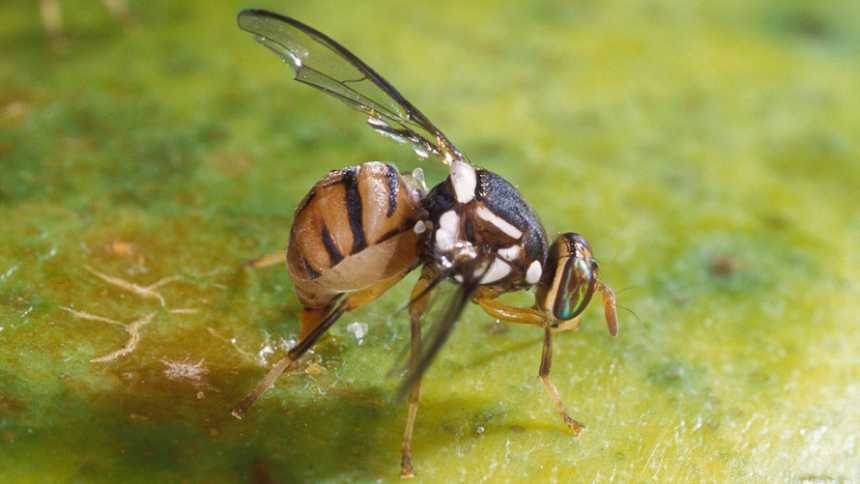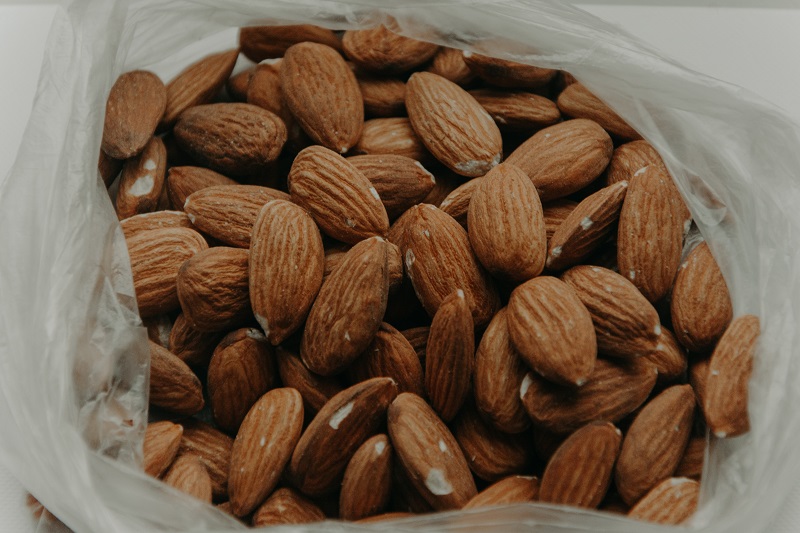Oriental Fruit Fly Threat Surfaces in South Florida

The Oriental fruit fly is a notorious pest known to attack more than 400 different fruit, vegetable, and nut crops. Three of the invasive species have recently been trapped and identified in South Florida. Photo by Scott Bauer
Another exotic pest is on the move in South Florida, keeping farmers on their toes. The Florida Department of Agriculture and Consumer Services (FDACS) has positively identified the presence of three Oriental fruit flies, Bactrocera dorsalis, in south Miami-Dade County. The initial fly was discovered recently during routine trapping. Additional flies were found during expanded trapping activities.
FDACS, along with help from USDA, monitors more than 56,000 fruit fly traps statewide as an early detection network against exotic fruit fly introductions that threaten Florida’s agriculture industry. Last month, FDACS’ Division of Plant Industry issued a pest alert after two peach fruit flies were trapped within two miles of each other in Palm Beach County.
According to FDACS, the Oriental fruit fly has been trapped several times in Florida since 1964, last time in August 2015. Each time, it has been successfully eradicated. This species is considered one of the most serious of the world’s fruit fly pests due to its potential economic harm. It attacks more than 400 different fruits, vegetables, and nuts, including avocado, fig, grapefruit, guava, loquat, mango, roseapple, papaya, peach, persimmon, Suriname cherry, and white sapote. The fruit flies lay their eggs in host fruits and vegetables.
“We successfully eradicated this invasive pest, protecting Florida’s $120 billion agriculture industry, three years ago, and together with the USDA, we’ll implement an aggressive eradication program to do so again,” stated Adam Putnam, Florida’s Commissioner of Agriculture.
To eradicate this pest, treatment is being conducted in a 1.5-square-mile area around the fly detections. This treatment consists of attracting male flies to bait which consists of an attractant, an insecticide, and a thickening agent. The flies are killed when they feed on the bait. The mixture is applied every other week to the upper portion of utility poles, trees and inanimate objects for a period of two life cycles of the fly (approximately 60 days) past the date of the last detection.
A third life cycle (approximately 30 days) after the treatment is complete, and no additional fly has been detected, also is required to declare eradication will be declared.









